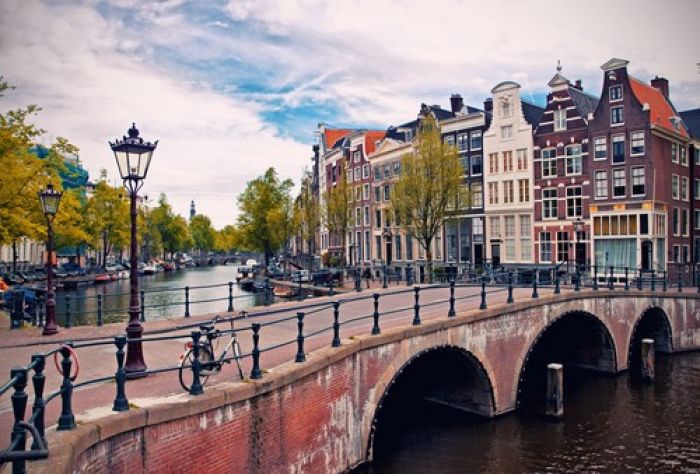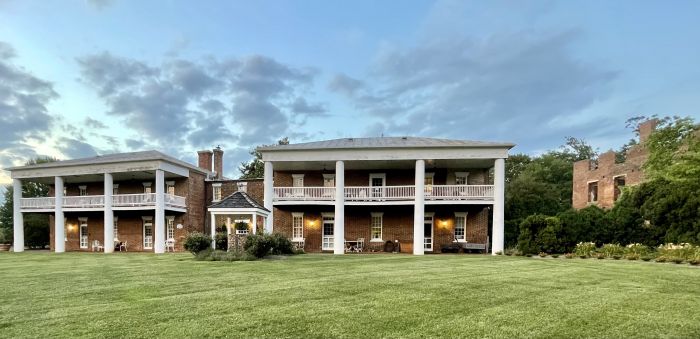
2103 is a very special year for Amsterdam, the Netherlands. The renowned Rijksmuseum has been reopened, Artis Royal Zoo exists 175 years, the Concertgebouw and its Royal Concertgebouw Orchestra exist 125 years and, last but not least, Amsterdam’s beautiful canals exist 400 years...
The government and wealthier citizens who started the construction of the ring of canals did so to have a solution for the massive growth of the city at that time. Days that later on would be remembered as the Golden Age.
The Amsterdam canal ring is one of the great Dutch architectural masterpieces and justly on UNESCO’s world heritage list. Amsterdam’s canals nowadays count a total of 165 canals, 1500 bridges, 90 islands, 100 kilometres, 6800 canal houses, 800 houseboats, and 2,000,000 cubic metres of water. Now you may understand why Amsterdam is also referred to as the Venice of the North.
In several decades following 1613 the city doubled in size by the creation of three new canals (the Herengracht, Keizersgracht and Prinsengracht) laid out as a ring around the Singel. To Dutch the ring of canals is known as the ‘Grachtengordel’ (the belt of canals). The 17th century expansions made Amsterdam into the third largest city in Europe behind London and Paris.
Construction of the ring of canals advanced from west to east, across the breadth of the draft, not from the center outwards as many people think.
The Singel encircled the city in the Middle Ages and served as a moat.
Seen from the inner city Singel the Herengracht (translates into Gentleman’s Canal) is the first and most prestigious of the three major canals that were added.As wealth increased the houses alongside the canals got bigger and more beautiful. The houses in Herengracht’s Golden Bend were constructed at the zenith of the Golden Age, still symbolizing Amsterdam as once one of the richest cities in the world. More on the traits of Amsterdam’s famous canal houses.
The Keizersgracht (translates to Emperor’s Canal) is the second canal when seen from the inner city Singel. It’s also the widest of the three grand canals. The Keizersgracht is named after Holy Roman Emperor, Maximilian the first, who in 1489 gave Amsterdam the privilege to add the emperor’s crown to the city’s coat of arms.
Being the furthest away from the small city centre the Prinsengracht (translates to Prince’s canal) is the longest canal. Many of the canal houses alongside this canal were built during the Dutch Golden Age. The Prinsengracht is also known as the most lively canal. During Queensday and Gay Pride for instance the canal is crowded with people on boats dancing and spectators on the side watching it all.
Amsterdam’s canal district illustrates excellent hydraulic and urban planning through the completely artificial creation of a major port city. The canal houses bear witness to the city’s development through maritime trade. For a long time for many Amsterdam’s expansions into an ideal capital were used as a reference urban model for many projects for new cities around the world
This article is written by Bob Lei from GeoTypico. GeoTypico loves great local icons from all over the world and writes about these on blog.geotypico.com. To get the feeling of these icons GeoTypico also offers great related gifts and souvenirs.
Photo courtesty of Shutterstock














